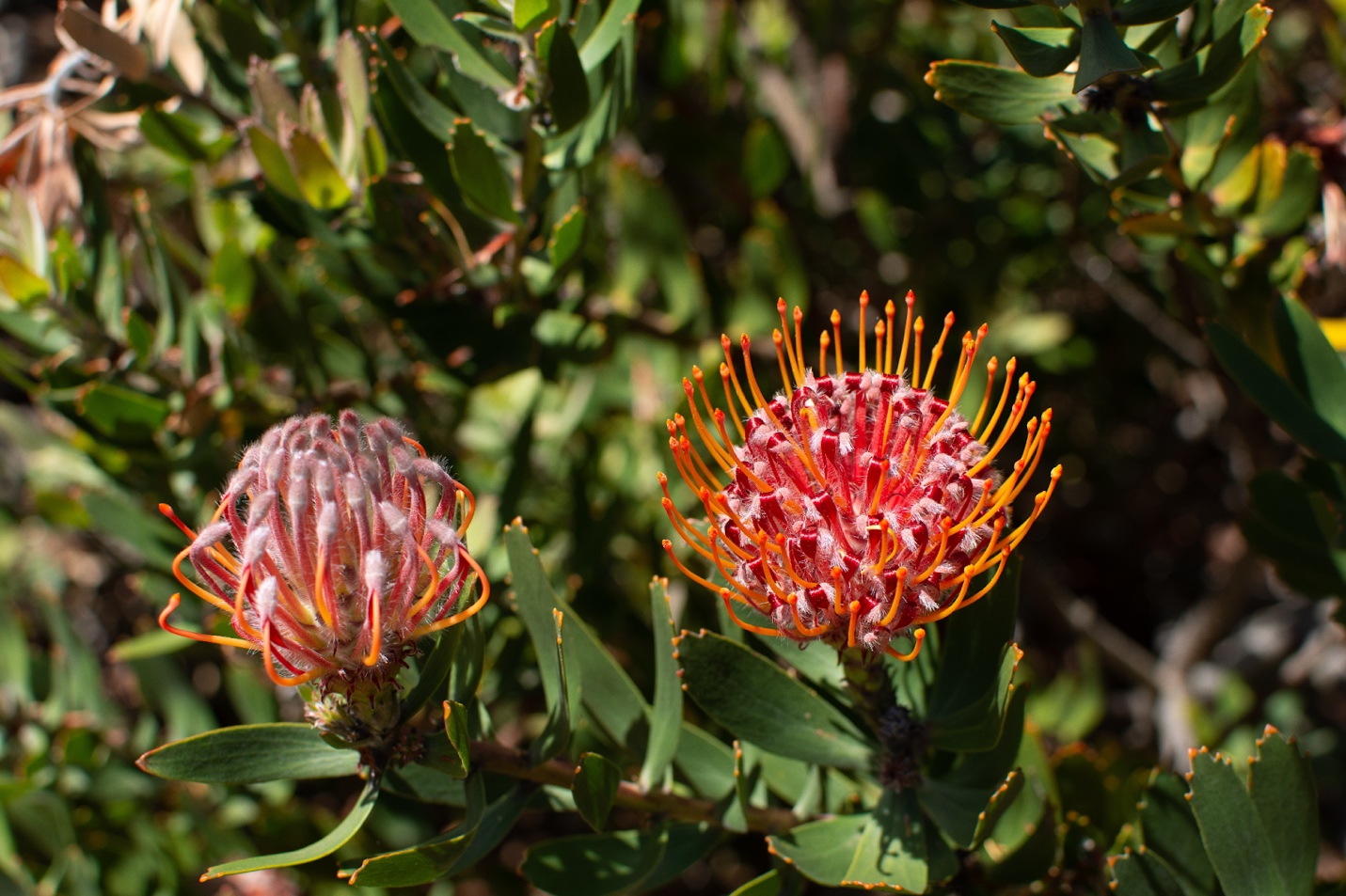
Do you have a deep appreciation for rare plants? Do you dream of a lush garden with unique plants that showcase beauty and provide ecological value?
Welcome to the amazing world of rare plants because it is here that every species tells its own unique story.
This blog will introduce you to rare plants that take your garden from ordinary to enchanting. These are not your everyday plants. We're talking about flora you may not have heard of but will want to have once you get to know them.
Not only will these plants bring an exotic touch to your garden, but they are also a great way of supporting biodiversity. Plus, you can easily buy these Australian rare plants online.
7 Rare Native Plants You Didn't Know Existed
-
Pavetta (Pavetta Australiensis) - Butterfly Bush
Found in the drier rainforests of Papua New Guinea and eastern Australia, this large-leaved sickle fern with beautiful white flowers is a rare native plant of Australia.
It is just the perfect plant for an enthusiastic gardener who wants a gorgeous addition to their garden.
It is aesthetically pleasing and constitutes an important part of the natural habitat for several kinds of native insects.
Its rarity and ecological value make Pavetta a must-have rare plant for anyone interested in unique and sustainable gardening.
Interesting Fact: This plant's fragrant flowers attract native bees and butterflies, making it a favourite among pollinators.
2. Grass Trigger Plant (Stylidium Graminifolium)
The Grass Trigger Plant should be your ideal choice if you are looking for a conversation starter in your garden. One of Australia's most fascinating and rare garden plants, it is known to grow in soil lacking nutrients and can withstand drought.
Beyond the novelty factor, the Grass Trigger Plant displays attractive, grass-like foliage and delicate pink flowers, making it a very showy addition to your garden. Since it is rare, you will be among the few people with this botanical wonder in their backyards.
Interesting fact: It has a quirky pollination mechanism, where the flower's "trigger" snaps onto visiting insects.
3. Dorrigo Waratah (Alloxylon pinnatum)
There's nothing like a Dorrigo Waratah to make people say, "Wow." This perfect garden specimen is known for its brilliant red flowers in showy, rounded clusters.
The Dorrigo Waratah is endemic to the McPherson Ranges on both sides of the Queensland and New South Wales border.
It is a rare beauty that thrives well in well-drained soils and partial shade.
It's a perfect rare garden plant if you want to add a pop of colour and a bit of rarity to your garden.
With its brilliant appearance and lack of number, it is treasured as an addition by many serious gardeners.
Interesting Fact: It is classified as near threatened (not endangered but close to qualifying to become one) by the Queensland Nature Conservation Act
4. Russell River Lime (Citrus inodora)
Who says your garden can't be both beautiful and practical? Russell River Lime is an unusual citrus plant that gives you both distinctive, fragrant fruit and a rich, green hue within your garden.
Hailing from the rainforests of Queensland, this small-growing plant has aromatic foliage. Its rarity and dual purpose make it an excellent plant for growing something unusual yet useful.
Interesting fact: This rare lime produces highly aromatic fruit prized for its unique flavour in culinary dishes.
5. Hoya Carnosa- porcelain flower- wax plant
Hoya Carnosa, commonly known as the porcelain flower or the wax plant, is among the prettiest rare indoor plants.
Native to New Guinea, Australia, India, Indonesia, and Polynesia, this magnificent and thorny vine is admired for its thick, waxy leaves and star-shaped, fragrant flowers.
That is why this tropical beauty is so popular among houseplant enthusiasts. Its clusters of dainty, porcelain-like flowers grace any room with elegance, and its ability to tolerate neglect makes it an excellent choice for both seasoned and novice plant lovers.
Fun Fact: Hoya Carnosa can flower even under very low light, and the flowers exude a sweet, nectar-like substance that attracts beneficial insects such as bees.
6. Native Flax (Linum marginale)
Though it is small in size, Native Flax never fails to make an impact. This rare plant has slender stems and soft blue flowers.
It grows in grasslands, woodlands, and edges of forests across Australia.
This plant is vital to native wildlife and offers food and shelter for diverse insects and birds. This rare and underused plant is excellent for those of you who want to establish a peaceful garden that's also environmentally friendly.
Interesting Fact: Despite its delicate appearance, it's a resilient plant that thrives in Australia's harsh conditions.
7. Grey Myrtle (Backhousia Myrtifolia)
Last but by no means least, this rare native plant of Australia is perfect for lovers of aromatic plants. When crushed, its fragrant leaves give off a lovely smell.
Grey Myrtle is appealing to the eyes and a treat to the senses. Its white flowers and glossy, tiny green leaves are attractive and suitable for planting in the garden. Plus, it is rare, so your garden will make a statement in the crowd.
Interesting Fact: Because its leaves have a strong, pleasant fragrance, they are often used to make essential oils and potpourri.
Frequently Asked Questions
Q1.Which is the rarest and most beautiful Australian flower?
With its bold red flowers and unique shape, the waratah is Australia's most beautiful and rare flower.
Q2.What plant is only found in Australia?
The kangaroo's Paw is the most unique plant, found only in Australia. Its furry flower is shaped like a Kangaroo's Paw, hence the name.
Q3.Why are Australian plants unique?
Because native plants have adapted to Australia's harsh, arid climate, they often require half as much water as non-native varieties. Many native plants can survive on the water they receive from rainfall alone. Australia experiences droughts frequently.
4.Where to purchase these rare plants?
Finding these rare plants might be difficult, but with PlantArk, all it takes is one fingertip access away from many exotic, rare, and unique plants.
PlantArk is a new online marketplace where plant lovers meet a community of sellers offering boutiques and rare garden plants.
If you have been seeking to add a touch of rareness to the garden or wish to sell the most uncommon plant varieties to a broad audience, PlantArk is the perfect stage for you.
Rare plants do not simply find their way into gardens as part of an average addition but are considered mediums for expressing love and passion for gardening.
Be it the stunning Dorrigo Waratah or the aromatic Grey Myrtle, these garden rarities offer something special for enthusiasts.
Ready to build your collection of rare native plants? Visit PlantArk, a new marketplace actively inviting rare plant growers from across Australia. Fresh plants are added regularly, so check back often to discover the latest arrivals. Don't forget to register with PlantArk to stay updated and dive into the world of rare Australian plants just waiting for you. Happy gardening!


